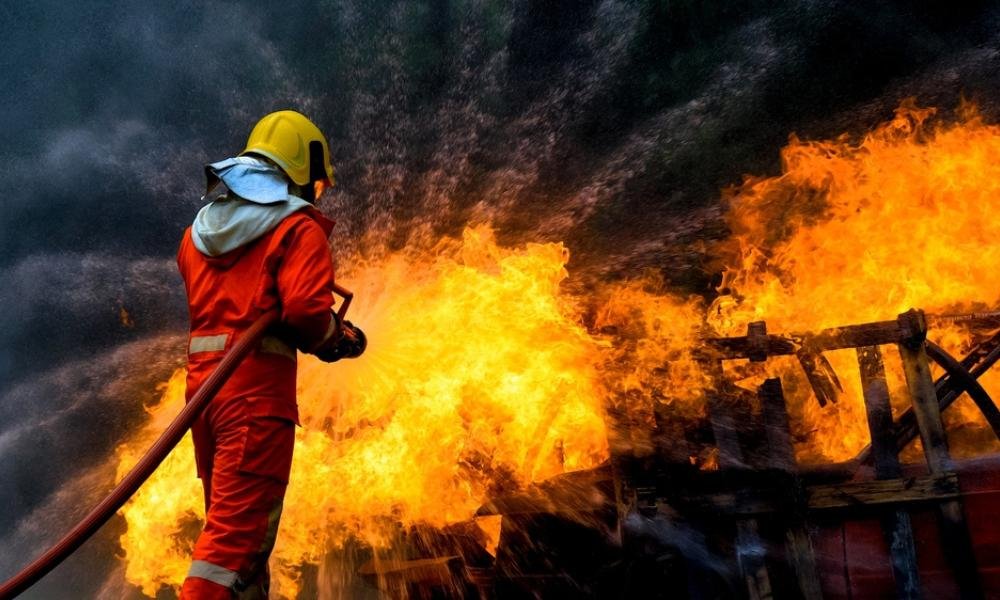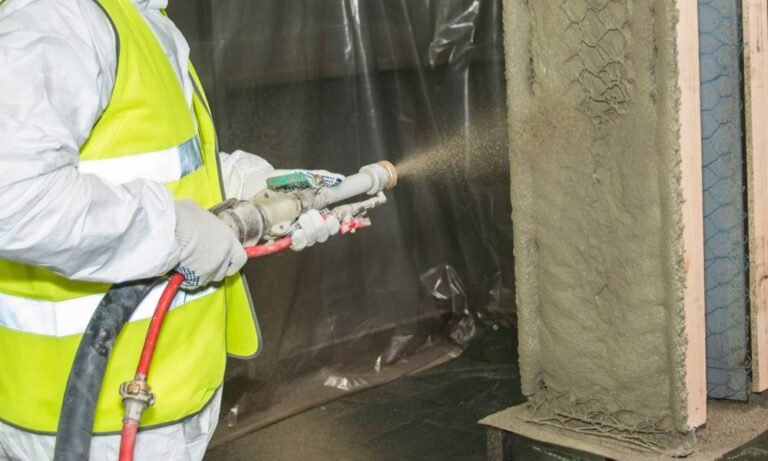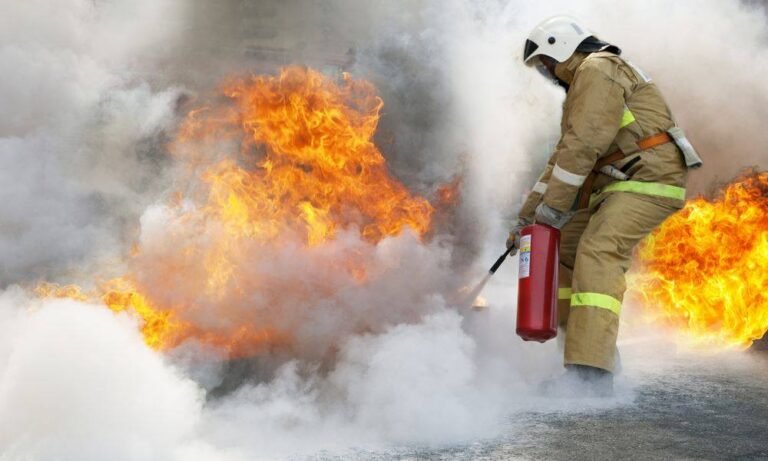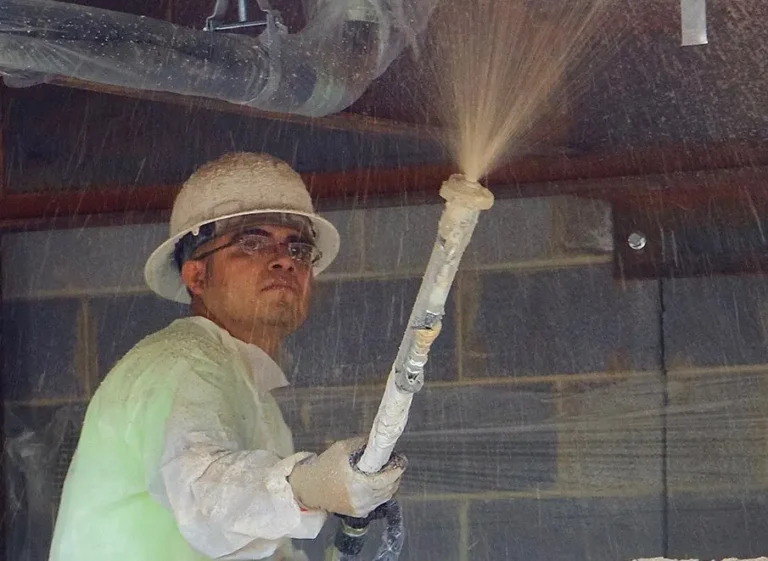Estimated reading time: 5 minutes
When most people think about fireproofing, their minds jump straight to safety—and for good reason. But there’s another compelling reason to consider it: the financial benefits. Properly safeguarding your home or business doesn’t just protect lives and property; it also reduces insurance premiums. I’ve seen firsthand how these measures can turn fire safety into a smart investment.
In this guide, I’ll explain the connection between fire protection and insurance savings and show you how to make your space safer while cutting costs.
What You’ll Learn Today
- Why insurers reward fireproofing measures.
- The types of fire protection that impact costs.
- Real-life benefits of proactive fire safety.
- Simple steps to make your building safer and more cost-efficient.
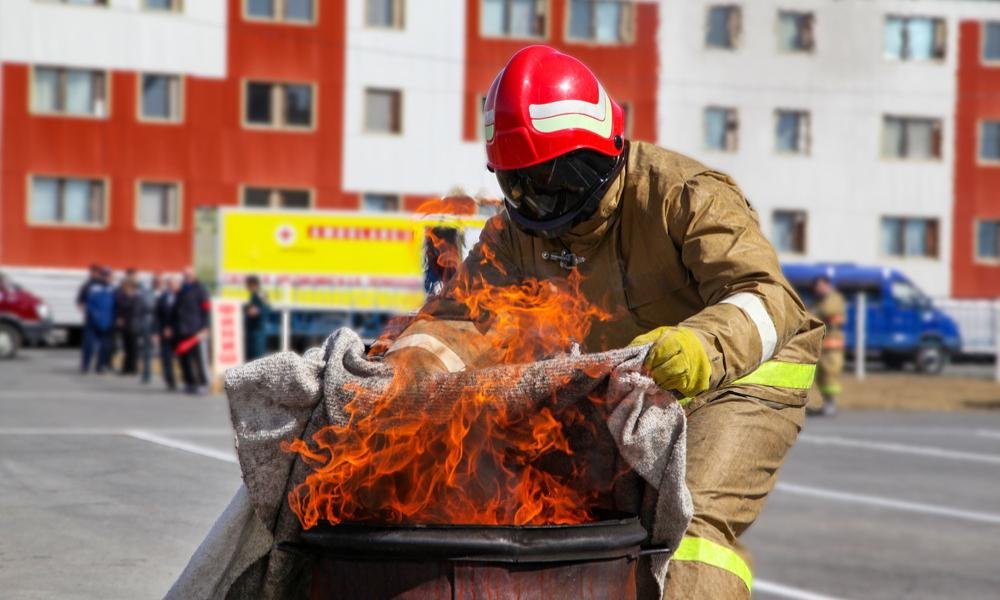
How Fireproofing Lowers Your Premiums
Insurance companies are all about assessing risk. The higher the likelihood of damage to your property, the more you’ll pay for coverage. Fireproofing directly reduces that risk by protecting your space and minimizing potential damage if a fire occurs. Insurers recognize this as a way to limit their financial exposure, rewarding proactive property owners with lower premiums.
Here’s how it works:
- Reduced Risk = Lower Costs: Protective measures make your building safer, which insurers factor into their calculations.
- Proactive Safety Signals: Adding fire-resistant materials demonstrates a commitment to minimizing hazards, which insurers view positively.
Fire Risks and Insurance: The Key Connection
Risk Assessment
When calculating premiums, insurance providers consider factors like construction materials, location, and safety features. A property equipped with modern fireproofing is seen as less risky and therefore less expensive to insure.
Fire-Resistant Solutions Matter
Insurers love passive safety features like fireproof coatings and insulated materials. These additions contain damage and slow fire spread, making properties safer and lowering claims.
A Long-Term Investment
While fireproofing has an upfront cost, it’s a long-term financial win. By preventing extensive damage and reducing premiums over time, it pays for itself.
Effective Fireproofing Measures That Save Money
Fire-Resistant Building Materials
Using fire-rated walls, ceilings, and insulation helps minimize damage during a fire. These materials keep heat and flames from spreading quickly.
Protective Coatings
Fireproof coatings applied to structural elements, such as steel beams and walls, help them withstand high temperatures. They’re a favorite for safeguarding large commercial or industrial spaces.
Upgraded Fire Doors and Windows
Installing fire-rated doors and glass prevents flames from moving between rooms or entering the property. These additions make your space safer and reassure insurers.
Fireproof Insulation
This solution protects vulnerable areas like attics and crawl spaces, adding a crucial layer of defense where fires often spread first.
Additional Benefits of Fireproofing
Improved Safety for People
Fireproofing doesn’t just save money—it saves lives. By slowing the spread of fire, it gives occupants more time to escape and helps emergency responders act more effectively.
Greater Property Value
Buildings with robust fire protection measures are more attractive to buyers and renters. Safety features can also boost resale value. Learn more about how fireproofing adds value.
Reduced Repair Costs
In the event of a fire, fireproofed structures are less likely to sustain catastrophic damage. That means lower repair bills and quicker recovery times.
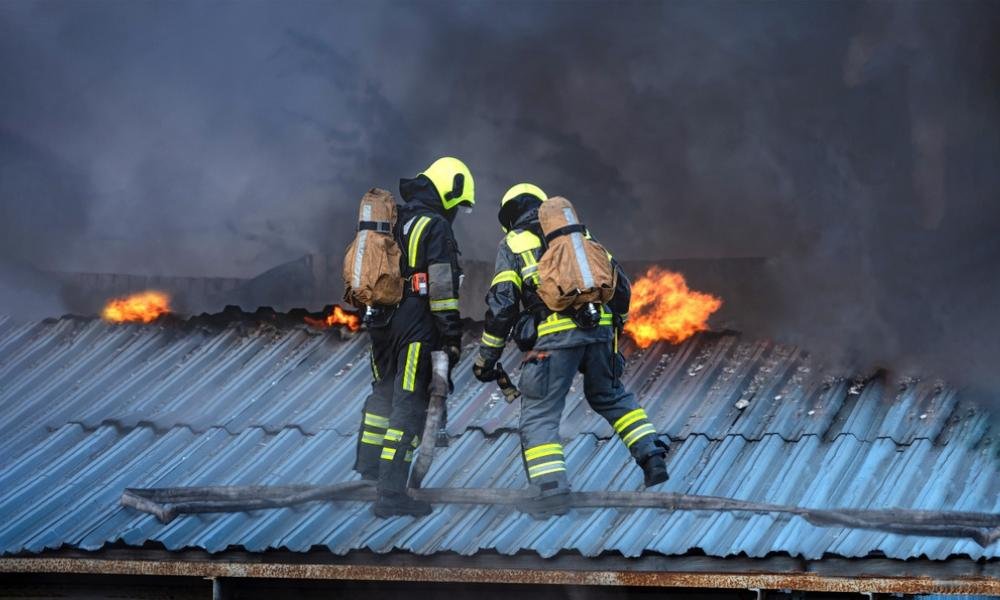
Steps to Lower Insurance Costs with Fireproofing
Schedule a Professional Evaluation
Start by identifying vulnerabilities in your property. A fire safety expert can recommend the best measures to strengthen your defenses.
Choose the Right Solutions
Tailor your fireproofing approach to your property’s needs. For example, homes might benefit most from fire-resistant insulation, while warehouses often require protective coatings for steel structures.
Document Your Upgrades
Share proof of fireproofing improvements with your insurance provider. This documentation will help them adjust your premium to reflect the reduced risk.
Keep Systems Maintained
Fireproofing measures only work when they’re in good condition. Regular inspections ensure your protective materials stay effective. Explore why regular fireproofing inspections matter.
Real-Life Example: Fireproofing in Action
I recently worked with a business owner who upgraded their warehouse with fireproof insulation and coatings. Before the changes, their insurance premiums were sky-high due to the high fire risk associated with older construction materials. After the upgrades, their insurer reduced their premium by 15%. The cost savings made the investment well worth it.
Why Hire a Professional?
Fireproofing isn’t a DIY task. Proper installation requires expertise and the right materials. A professional ensures that your property meets safety standards and achieves maximum effectiveness.
Not sure where to start? Here’s how to find the right fireproofing contractor.
Final Thoughts
Fireproofing isn’t just about fire safety—it’s about financial security. By making your property safer, you’re not only reducing the risk of fire damage but also lowering your insurance costs. The upfront investment quickly pays off in savings, protection, and peace of mind.
Ready to start saving? Schedule an assessment today and learn how fireproofing can benefit your space. For more insights, check out how fireproofing enhances building safety.
Protecting your property and your wallet has never been smarter.
